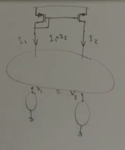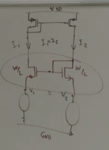melkord
Full Member level 3
I failed to understand what is the reason we want V1 = V2. What is the reason or motivation?
I am studying from here min 12:49 and here page 26.


appreciate any help.
I am studying from here min 12:49 and here page 26.


appreciate any help.